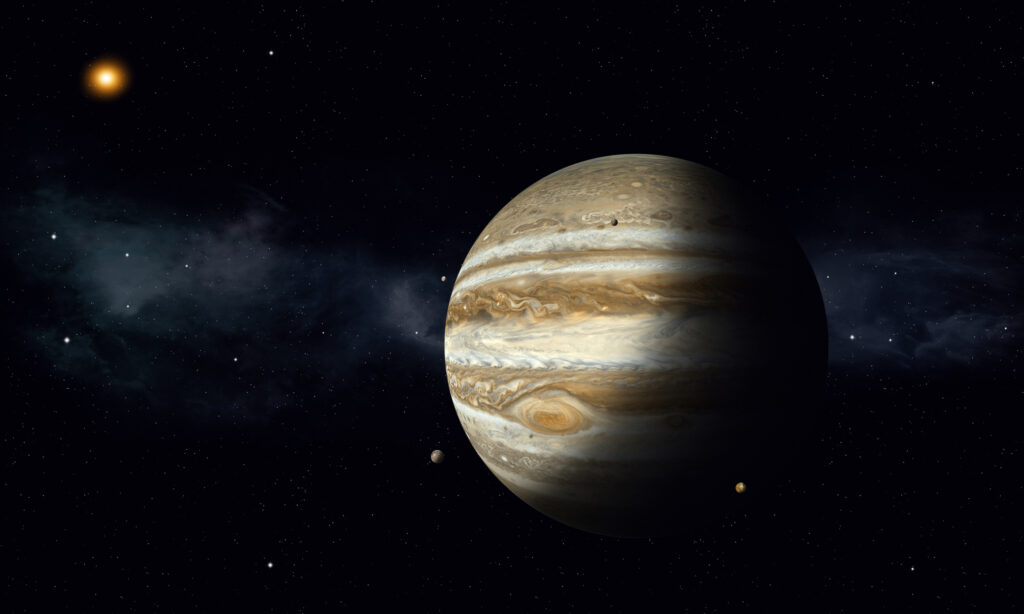Jupiter, the largest planet in our solar system, is a mesmerizing celestial body that has captivated astronomers and space enthusiasts for centuries. With its massive size and stunning features, Jupiter is home to some of the most intriguing moons in our solar system. In this blog post, we will explore two of Jupiter’s fascinating moons: Europa and Ganymede.
Europa: A Frozen World
Europa, one of Jupiter’s four Galilean moons, is a captivating world covered in a thick layer of ice. Beneath this icy surface lies a global ocean, making Europa one of the most promising places to search for extraterrestrial life in our solar system. Scientists believe that the moon’s subsurface ocean could harbor the necessary conditions for life to exist, making Europa a prime target for future exploration missions.
Ganymede: The Largest Moon
Ganymede, the largest moon in our solar system, is even bigger than the planet Mercury. This moon is unique because it has its own magnetic field, generated by a liquid iron core. Ganymede’s surface is a mix of ancient, heavily cratered terrains and younger, smoother regions. It also has a thin atmosphere composed mainly of oxygen.
Exploring Jupiter’s Moons
Over the years, several space missions have been sent to explore Jupiter and its moons. The Galileo spacecraft, launched in 1989, provided us with valuable data and images of Europa and Ganymede. More recently, the Juno mission, which arrived at Jupiter in 2016, has been studying the planet and its moons in unprecedented detail.
The mysteries of Europa and Ganymede continue to intrigue scientists and spark the imagination of people around the world. As we learn more about these fascinating moons, we come one step closer to understanding the potential for life beyond Earth and the wonders of our vast universe.


